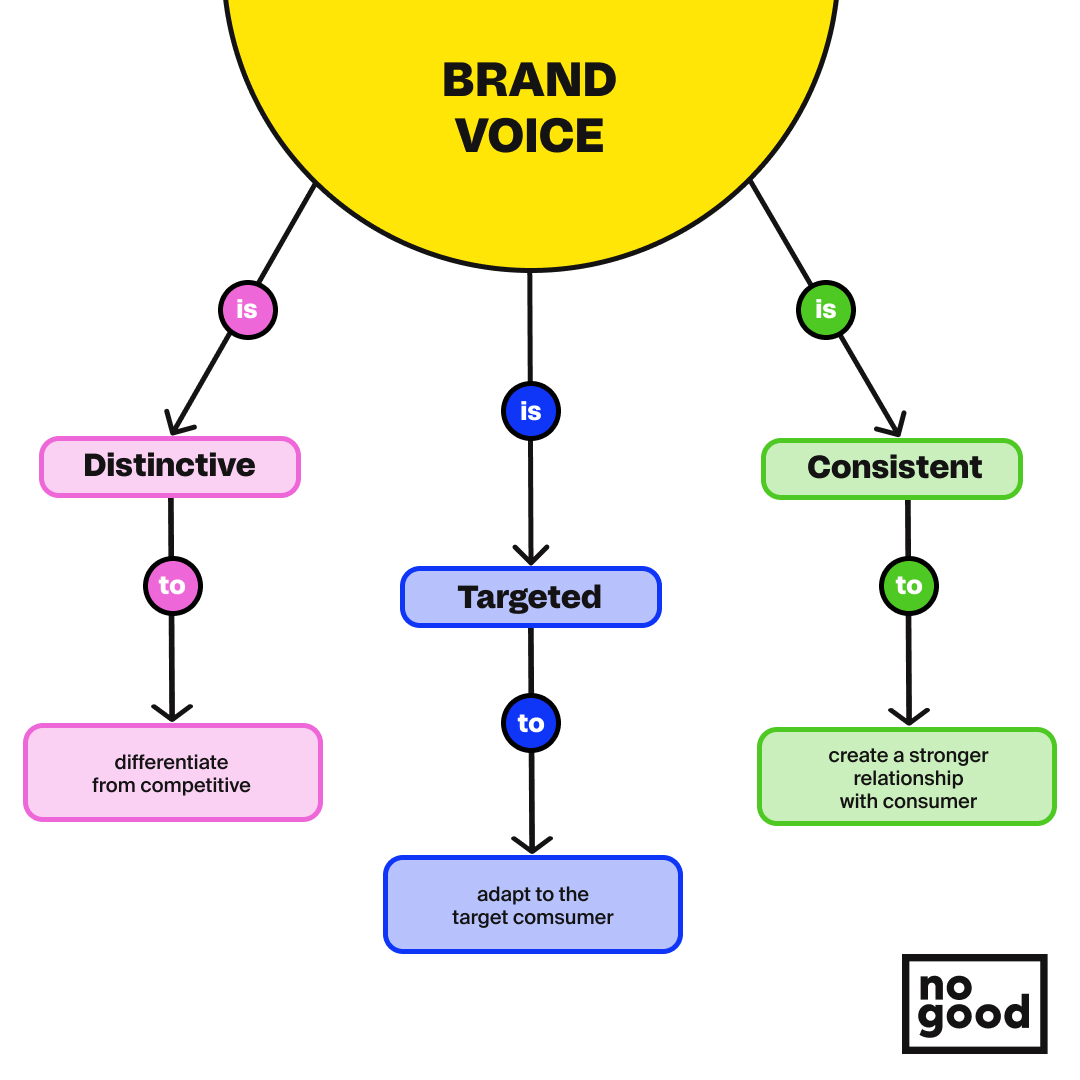Who would have thought that in 2023, we’d have two major text-based social media platforms that are basically identical to each other, and neither of them would be named “Twitter”?
In a world dominated by short-form video content, Threads, and X have positioned themselves as two nearly identical text-based online platforms ready to shake up the social media landscape. They certainly didn’t do any of us any favors by picking the exact same color scheme to make it even harder for us to distinguish between them.
Since the social platforms are here to stay, let’s dive into how to build a brand on both these platforms in the context of how we got here and what the current environment looks like today.
History of Threads vs. Twitter/X
On July 5, 2023, Meta made an unexpected move by fully launching a brand new social media site called Threads. It became the fastest-growing app in history, with over 100 million users in its first five days after launch.
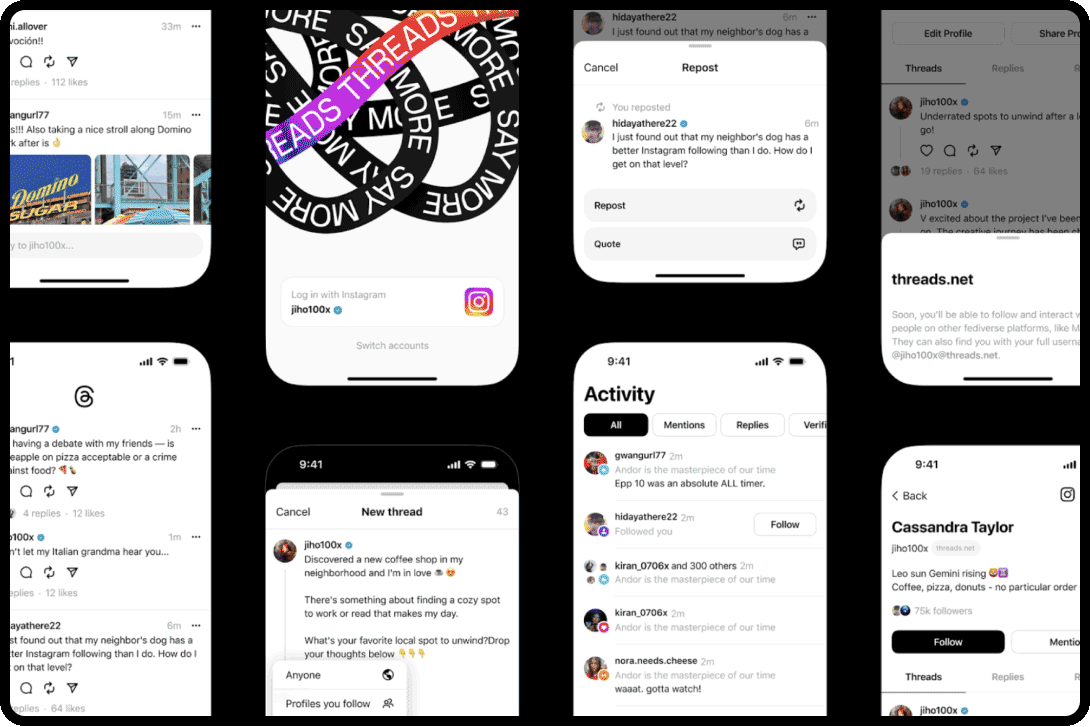
Soon after that, Twitter, led by Elon Musk, decided to rebrand Twitter, a platform that has been around since 2007, to X.com (which sounds like an NSFW website).
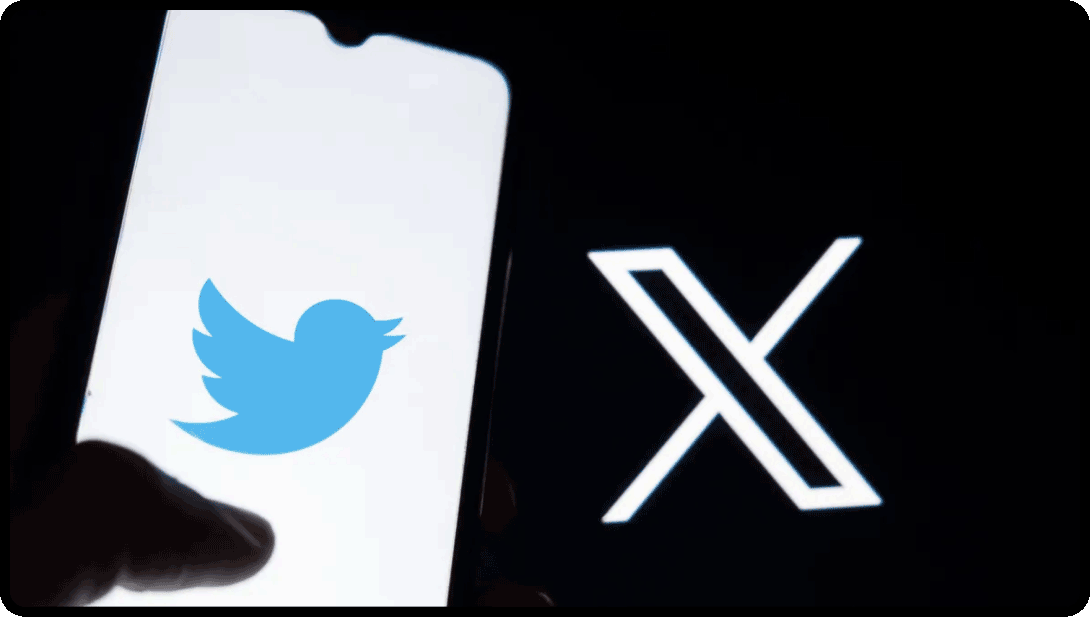
The rivalry between these two innovative platforms might even culminate in a cage fight between Elon Musk and Mark Zuckerberg — which sounds more like a plot from an episode of South Park and not an article from the New York Times.

Since the launch of Threads by Meta, things have seemed to cool down a bit from the title of the “fastest-growing app in history”. Meta saw almost a 79% decrease in users from the peak of 2.3 million users in early July. As of early August, the number of active users is close to half a million. For reference, Twitter or X, as it is known now, usually averaged around 100 million daily users.
Why might Threads be better than Twitter?
Threads was launched by Meta as a way to capitalize on the chaos that was ensuing at Twitter under Elon Musk’s reign. It was a brilliant move after the initial success; many saw it as the end of Twitter/X as we know it.
Threads had a lot going for it:
1. Seamless integration with Instagram
It was familiar and easy to use, and Meta made it frictionless for Instagram users to make an account and find their friends and favorite creators. Even celebrities who normally don’t post were on Threads.
Even if your friends weren’t on the new platform yet, Threads made it possible to “pre-follow” an account when they made the transition to Instagram Threads.
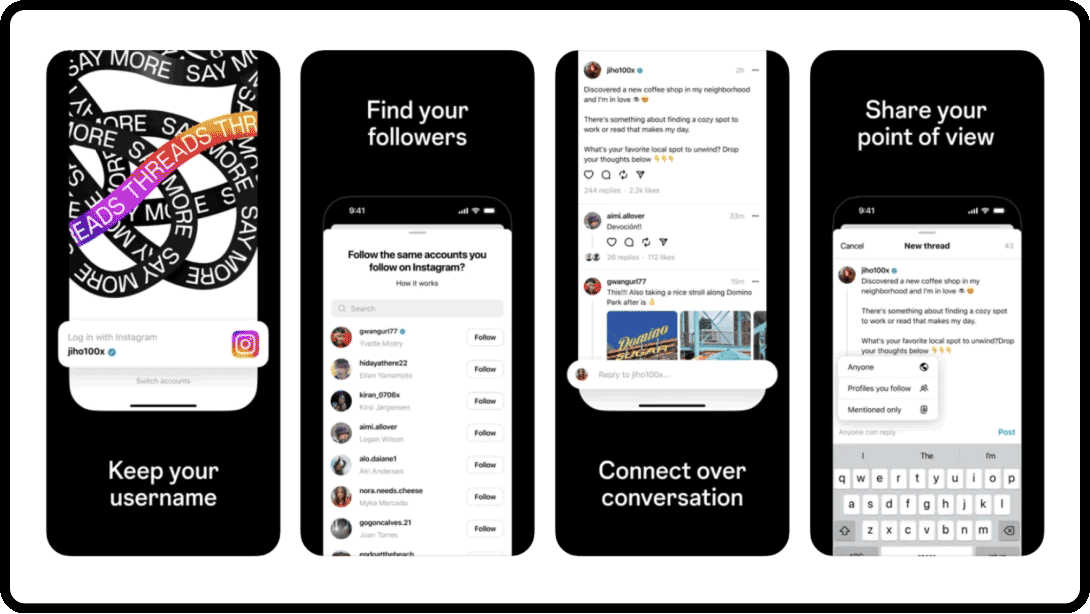
2. Clean slate and first-comers’ advantage
Part of the appeal of Threads is that it was new and felt like a clean slate. It was reminiscent of the early days of Twitter, and as a content creator who has struggled to grow on Twitter for the past 5 years, I saw it as an opportunity to finally have my big following on a new text-based platform. I could send out minimal-effort content like: “IKEA furniture is just LEGOs for adults” and go mega viral! The world was my oyster.
Instagram thread posts were also free of all the baggage Twitter threads have been carrying around. Many Twitter users have consistently complained about their discovery feed being rampant with content they aren’t necessarily interested in or actively don’t want to see — including conspiracy theories, misinformation, and inappropriate videos.
Threads just felt so much cleaner and safer than what Twitter has become.
3. Safe space for brands
This also makes Threads a more suitable place for brands to post organically and (in the future) run ad campaigns. Being a good place for brands is exactly what X (Twitter) is not. X has notoriously long struggled to retain brand advertising opportunities on their platform, and as of recently, many have pulled out completely, citing issues with Elon’s policies regarding misinformation.
@nogood.io #greenscreen @Starbucks time to get off the bird app and make a Threads post!!! 📲☕️ #threads #instagramthreads #socialmedia #branding #digitalmarketing #zuckerberg #zuck #meta #thread ♬ Monkeys Spinning Monkeys – Kevin MacLeod & Kevin The Monkey
It seemed like everyone and their mother was obsessed with the platform.
I was even convinced that it would fully destroy Twitter for good.
I was happy about it, and for good reason.
The Instagram threads app had the potential to emerge as a better, cleaned-up version of Twitter, which would lead you to believe it will soon take over the Twitter audience and fully replace the app…
But will it?
Threads Vs. Twitter?
Well, it’s more complicated than that… As I mentioned before, Thread usage has plummeted! are just not going on there nearly as much as they did during the first two weeks after the launch.
Why is that?
1. Lack of timely and impactful feature updates
First off, Meta has made minimal updates to the app since its launch. Threads has added a repost tab, alt text features and made it easier to share Threads on Instagram DM’s.
However, it still lacks some of the key features that make Twitter successful, like hashtags, and a trending topics page. Instagram threads still lack a basic search function. Currently, you can only look up usernames. Even the video content on the platform seems oddly formatted off-center in the feed.
2. Lack of original content
Their next issue is the content on the platform. Remember all those celebrities on Threads that were posting every day? Well, they’re all gone now… The majority of the engaging content on Threads seems to be reposted content from other platforms, namely X. Even the original content lacks originality.
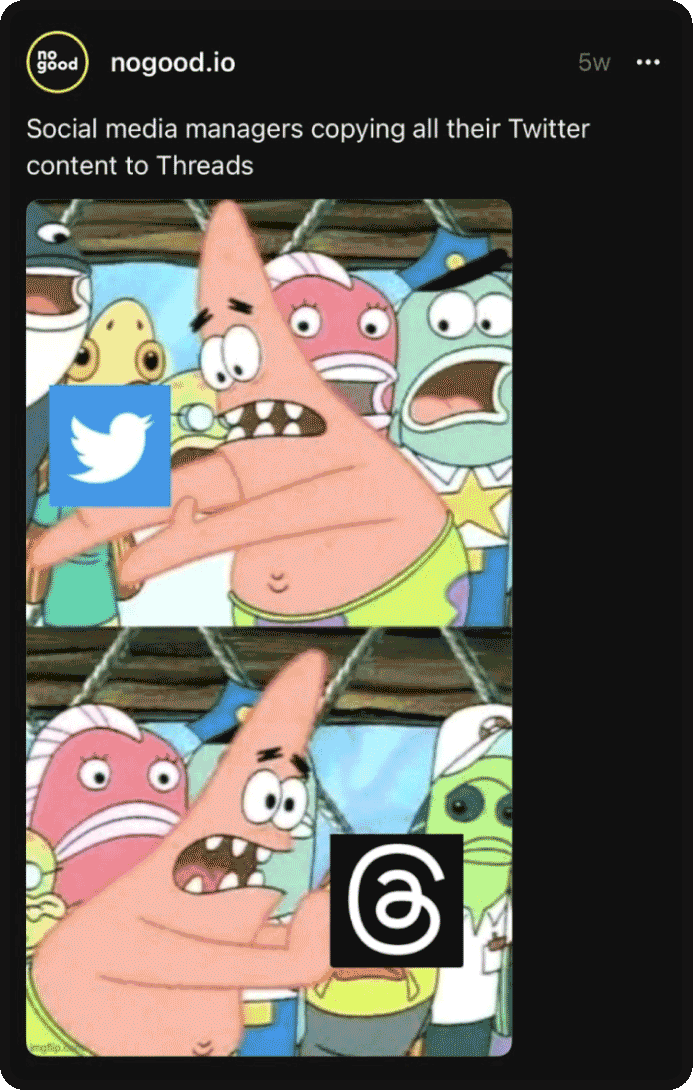
3. Culture mismatch
Every successful social media app develops its own sense of culture and costumes that users start attributing to it. A lot of this development is led by users and how they start using the platform. Twitter, for instance, has developed a culture of being a bit edgy and uncensored.
Users also don’t really use the platform as traditional social media. They are not posting to update friends and family about their life; most are not really posting at all. Most are just on the site to be entertained, and unlike Instagram or Facebook, many users don’t associate their Twitter account with their personal identity. Many Twitter users will pick random users’ names and profile pics, making them a bit more anonymous.
And that’s where a major issue lies with Threads. Meta apps like Facebook and Instagram are mostly very clean and standard social media platforms. Users’ profiles act as an online scrapbook of their personal lives. Users’ followings are mostly made up of friends, family, and loose acquaintances like co-workers, etc.
Meta made it easy for people to set up their threads, essentially taking their Instagram profile and converting it into a Threads account. They also made it super easy for people to find the people they follow on Instagram.
The problem with that is that most Twitter users would probably stop posting if all of their friends and family suddenly started seeing all of their tweets. That might cause immediate panic.
Text-based platforms nowadays thrive off a sense of ambiguity. Especially in an era where many high-profile people have been “taken down” by tweets from over 10 years ago.
This is why a lot of the content you see on Threads is a bit bland. The entire platform is a bit too clean and comes off as a sterilized version of Twitter. Threads will have to other something unique to give users a reason to create addictive content on the platform.
Twitter has good content
Threads has quickly transformed into a “chore” channel for social media managers to post on rather than a platform that offers unique value.
Say what you will about Twitter/X, but despite all the issues plaguing the platform, there are still powerful corners on X where its content is consistently good. It has grit, it has humor, and it has timeliness. It is still, in a lot of ways, a major source of culture. In the current state of short-form video dominance, X/Twitter might seem archaic and siloed, but a lot of great content starts on here.
All the memes you see on Instagram start on Twitter.
Even discourse about TikTok trends thrives on Twitter. The platform still finds a way to be relevant against all odds.
Who will win the war between Threads and Twitter/X?
It’s hard to make a solid prediction at this stage, so let’s look at the hard facts.
Twitter/X is still very much alive — but it’s common knowledge they are losing money every day…
Meta, on the other hand, loves to invest money on product roadmaps dictated by Mark Zuckberg at any given moment.
Meta spent billions on a Metaverse that the users continue to remain skeptical about, so it’s not too far-fetched to think they will be willing to invest not only the time but the financial resources into making Threads the first public conversations app with billion users on it.
As a brand, maintaining a presence on both will guarantee readiness for whatever move each platform plans to make next.
How to build a brand on Threads?
If you think that your brand could benefit from having a presence on platforms like Threads or X, there is a lot you need to consider. The good news is that launching a brand on text-based platforms is way easier than doing it on video-first platforms like TikTok or Instagram Reels.
You will not have to spend time perfecting your video editing skills and hook strategy — there are fewer factors to consider and less resources needed for a larger publishing volume.
Now, just because it is easier, does not mean it won’t take the same level of strategy and creativity. Some creators are great at making videos but are not so successful at making compelling text content.
Here are a few things you should know before launching your brand on Threads.
What content works on Threads?
Because Threads is such a new platform, we do not have a lot of data on the type of content that seems to really succeed on this platform. However, if we look at what has worked so far for brands and what historically has worked on Twitter, we can clearly see that the formula to winning content is making it entertaining.
A lot of brands make the mistake of thinking all organic content needs to directly relate to the product or service they are selling at all times. However, from a community-building standpoint, that doesn’t always ring true.
This is especially apparent on text-based platforms where the methods of showing a product or service are extremely limited. For the most part, all users have in their arsenal are your words.
Our recommendation for brands and creators seeking to build a community on Threads is to try to inject humor and even self-deprecation in the content to balance out educational value. Make a few memes. Some of the most successful brands so far on Threads have been brands that don’t take themselves too seriously.
What brands have done well on Threads?
Brands like Wendy’s, which became notorious back in 2017 on Twitter for rebranding as an unhinged account by posting funny and irreverent tweets aimed at their competitors have already picked up where they left off. One of their first posts was just: “Mid donalds”, poking fun at their main competitor McDonalds.
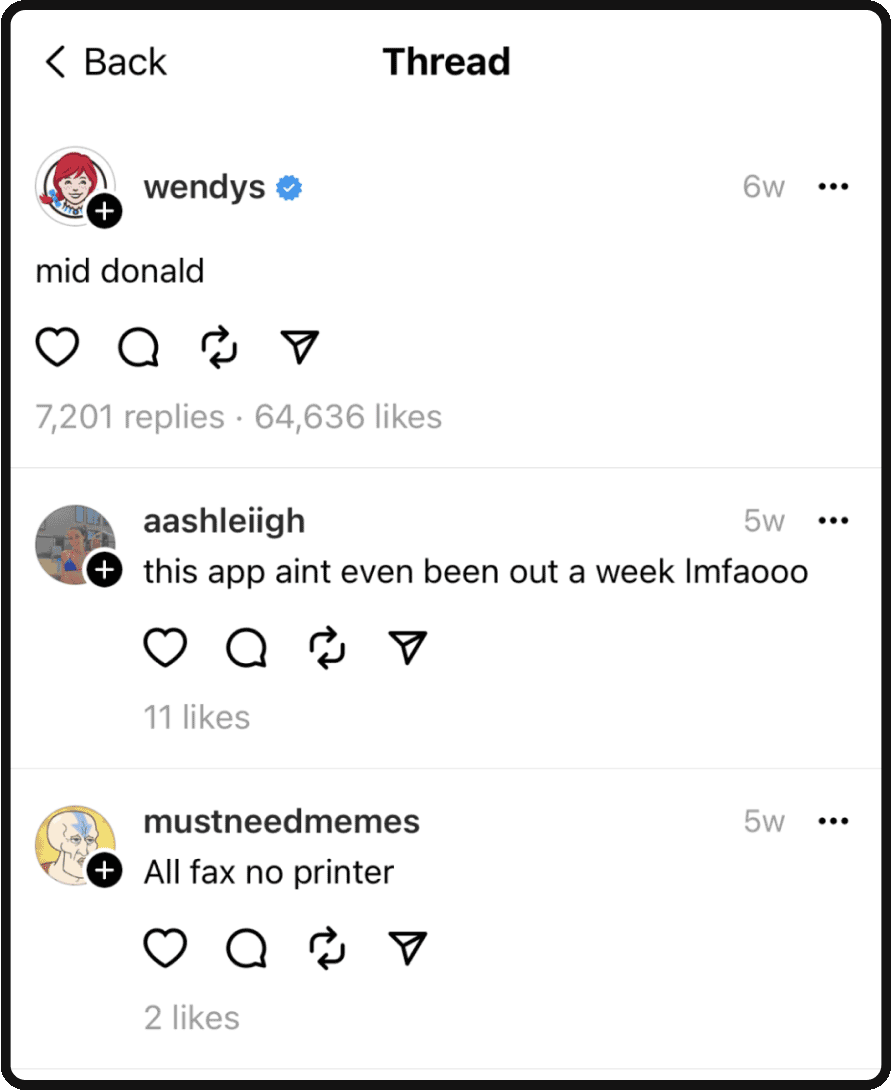
Wendy’s has a history of successful organic content. Back in 2017 they even replied to a user asking how many retweets he needed until he got free chicken nuggets. Their response — 18 million (!). It was a hugely organic viral moment that worked so well because the brand focused on being entertaining and not trying to actively sell its products to users.
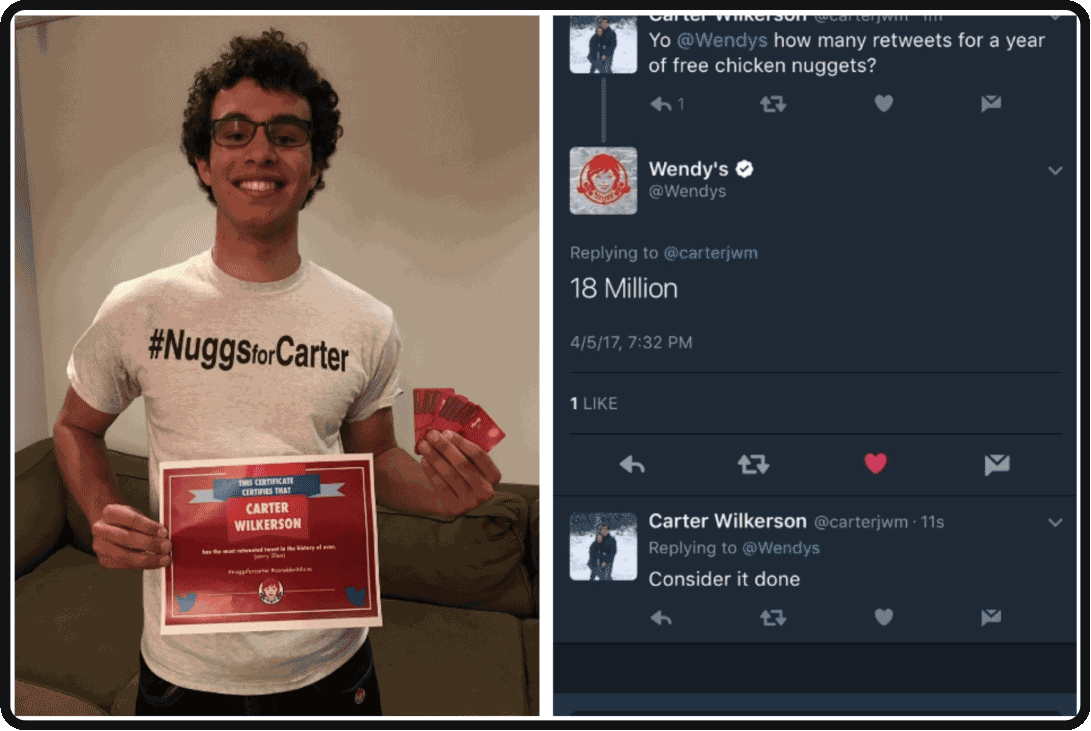
Another brand that has really gone head first into Threads in Sweetgreen. The salad company has done a great job at marketing themselves across multiple platforms. When it comes to Threads they quickly adopted a fun and culturally relevant approach to making text-based content. Their content is funny and engaging, relying on popular memes, trends, and phrases to market their brand in an authentic way.
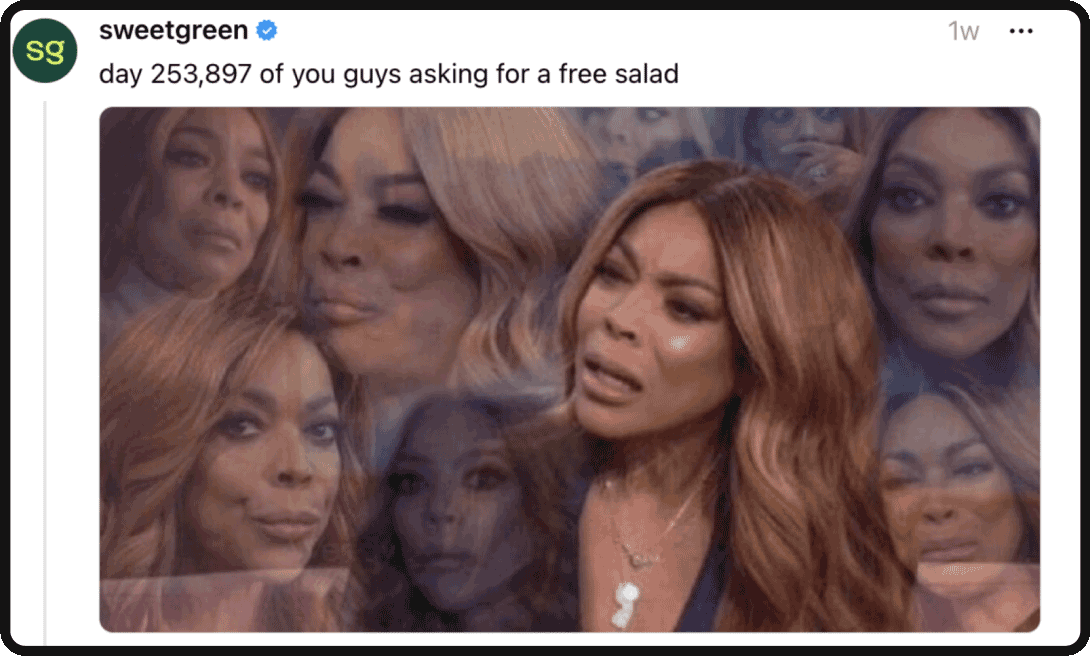
Like Wendy’s, one thing Sweetgreen has done successfully is engaging with users on Threads. Sweetgreen will repost and comment back to users frequently. They are really utilizing Threads as a brand touchpoint, and this encourages more users to “thread’ about their sweetgreen experience, creating free UGC content that makes the brand feel more personable.
What should your brand voice be?
The most important part of making content on text-based platforms is sticking to your brand voice. On apps like TikTok and Instagram, there is a bit more creative freedom when it comes to brand voice in content. You can get away with making different types of content that have a slightly deviating tone and delivery style. On Threads, you need to stay consistent.
Finding your brand voice can be difficult and it might take some trial and error. You might want to spread your first few months on the app experimenting with different ones until you found one that you think works well with your brand. But at its core, the final result you arrive at should make you sound:
- Distinctive
- Targeted
- Consistent
It’s important that your brand voice makes sense for your brand and your target persona. If you work in health and wellness, it doesn’t make sense to have a brand voice that is snarky and sarcastic. Everything needs to match the general vibe of your brand.
How often should you post on Threads?
I’ve seen many brands experiment with different posting cadences on this platform. Some are sticking to a typical Twitter-like strategy of 3-4 times a day and others will only post every few days.
Because text-based content is so easily made,I would suggest that every brand or creator aim to post at least 3 times per day, ideally throughout the morning, afternoon and evening. At the bare minimum, you should be posting at least once a day.
Threads is a new platform and typically new platforms reward early adopters. There is no better time to grow on a platform than right at its beginning. Many big TikTok creators got huge very quickly simply because they were consistent and posted every day right when the platform was launched.
Conclusion
The battle for the dominant text-based platform has only just begun and will take time to see how everything plays out. If you’re a brand or creator looking to start creating a presence on these platforms, it’s important to figure out how you plan on building out your content and developing a brand voice.
Making content on these platforms may seem easier than on TikTok or Instagram Reels but they require a totally different approach to content creation. Making stand-out content on text-based platforms is way more difficult than on other social media platforms.
The important thing to remember is that you stay true to your brand’s voice while also making sure your content is enjoyable to the average user.

